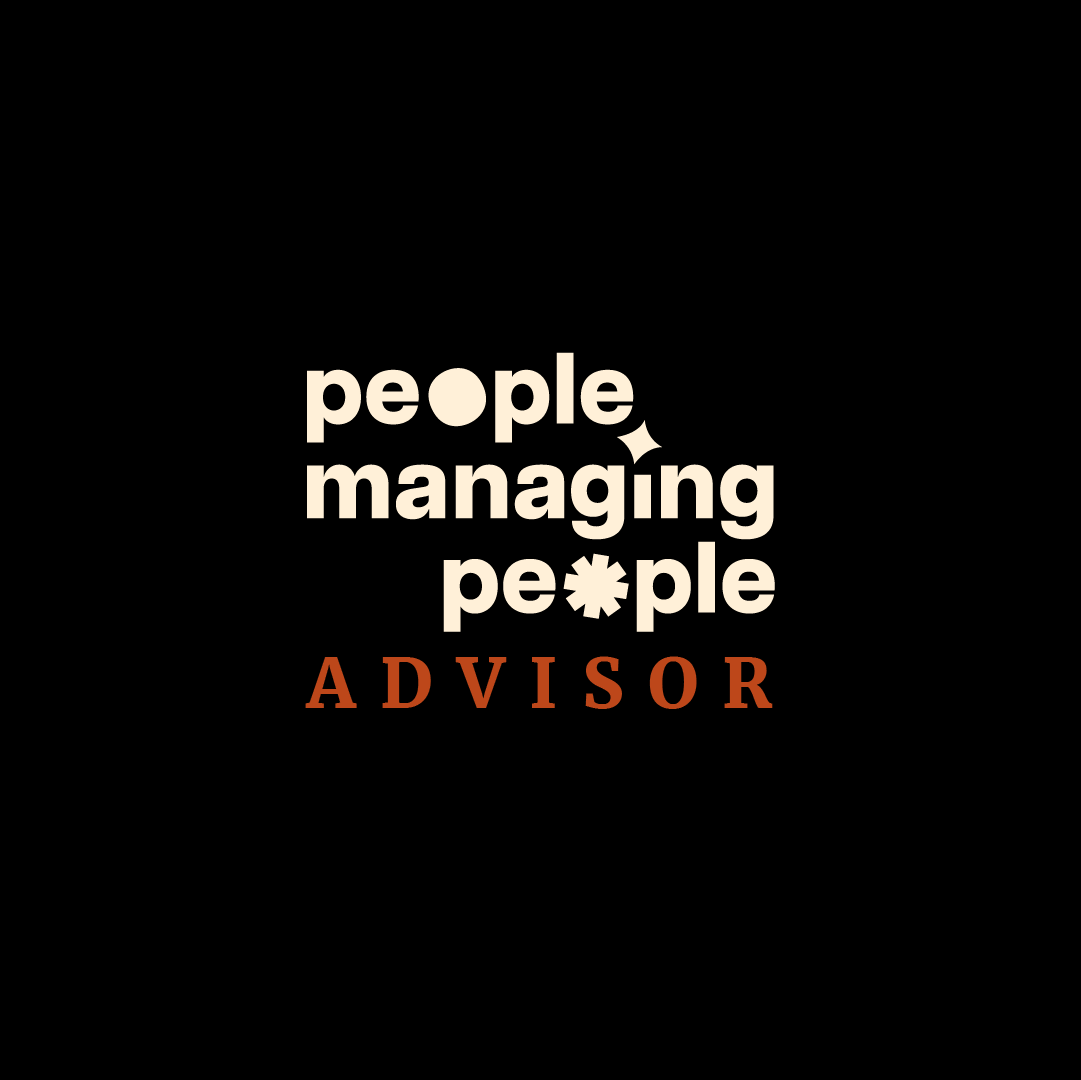You know all of those printer cartridges, staplers, browser security apps, and networking lunches your employees have spent money on? Well, all of those expense receipts have to be recorded, managed and tracked somehow as business expenses.
Most companies use expense management software to keep track of their employee spending, however, 43% of companies still manage expenses manually using spreadsheets and even paper. Manual input cuts into the employee’s time, the manager’s time, and the time it takes to process reports and reimburse employees’ spending through accounting.
What is Expense Management Software?
Expense management software is a type of automated software application that helps manage employees’ business expenses. These solutions use automation to help employees and managers submit, track, and report their expenses, ultimately simplifying the expense management process while reducing labour costs and errors.
The traditional way of expense tracking was to rely on the employee to log and manage their expenses until a specific time/date. The employee would then submit their expense report, and the admin would have to go through the list of expenses, checking the paper receipt and then approving or rejecting them.
Many companies are still using this process and are unaware of the benefits that can be gained through using expense tracking software or expense management system.
Expense management software can help ensure that your company doesn’t overspend on business expenses, and it allows you to issue reimbursements in real time.
How Can Expense Management Software Benefit Your Business?
You may already be fully convinced that automated expense management software is the way to go, but, just in case, here are some benefits you may not have heard of when it comes to expense management software:
Time
On average, it takes 20 minutes to complete a manual expense report. With automation, this time can be drastically reduced. Expense management software offers instant receipt verification upon submission, can check non-conforming receipts with accuracy, and can produce expense reports with a click of a button.
These features prevent the need to back-track and sort through receipts, not to mention looking through spreadsheets to find an error or revisit an employee expense that may have conflicted with your policy.
Accuracy
Automated expense management software dramatically reduces the likelihood of errors. Small mistakes can go unnoticed and may affect the expense report. To make your finance team's lives easier, adopting an automated system will reduce those errors exponentially, leaving you time to focus on more important things like forecasting future expense management strategies or developing appropriate spending policies.
Expense Reporting/Forecasting
Most expense reporting software and expense management software systems have an analytics feature that can help track expense claims and analyze trends.
Analytics can give insights into future spending and can even give recommendations when expense management policies need to be adjusted. In the long run, this could save your company time, money, and excess stress.
User-Friendly
Employees use expense management software to submit their expenses. With this in mind, many software systems have integrated smartphone features that allow employees to take pictures of their receipts, inputting them into the system right away.
Employees may use company credit cards that integrate into the software system. This type of software interface is generally easy to use, with training modules and customer service often included.
Dual Integration
Many expense management software systems can be integrated with accounting software, making managing expenses all the more streamlined and easy to use.
Accountants won't need to input expense data. Instead, all expenses and receipts can be accessed on the platform and reimbursements can be scheduled and issued more quickly.
Integration also helps freelancers and professional services companies submit expenses for projects more easily and be tracked and reimbursed without getting lost in the riff-raff.
Better Approval Workflow
When it comes to approving or rejecting an expense, expense management software can be set up to approve expenses automatically and send a notification to appropriate approvers for faster validation. This validation process can be saved and applied to other categories of expenses, reducing the time it would take to send proper proof to the approver.
Key Features Of Expense Management Software
- Tracks Receipts - Track receipts instantly as they are submitted and access receipts quickly as needed for audits.
- Dashboard Features - Unified dashboards can be accessed easily by employees and managers alike and allow for easier internal and external auditing by accountants.
- Smartphone Camera Feature - Allows employees to capture their receipts by smartphone and upload them instantly to the dashboard.
- Credit Card Integration - Routes company credit cards directly to the platform and allows employees to keep track of spending on a user-friendly dashboard.
- Notifications - Notifies when approaching spending limit and flagging expenses if not verified.
- Routing Receipts - Receipts can be quickly sent for verification to managers and approvers as needed.
- Policy Violation Check - Analyzes receipts and user data to track spending limits and when an expense should be audited.
- Expense Policy Adjustments - policies can be adjusted quickly and can be applied right away.
How to Choose Expense Management Software

Now that you know the benefits and key features of online expense management software, how exactly do you know which system is best for your company? Here are some questions to ask yourself when purchasing this type of software:
How do your employees make purchases?
If your employees use a personal credit card, you will need a photo-capturing feature on the mobile app so that can input receipts. If company credit cards are used, then features that integrate credit cards would be essential. You also may need to implement more security features in case the card is missing or if certain expenses need to be audited.
What features do you normally use in automated expense software?
Looking at your current automated software programs will tell you what features to look for in expense management software. For example, if your existing software sends notifications to stakeholders or authorities regularly, including a notification feature for your expense management platform may be useful to your company.
How big/small is your company?
For a small business, you may not need expense management software with dual integration capability (adding on accounting software). For larger businesses, it may be essential to have a feature that allows freelancers or service groups to submit an expense claim receipt or automatically bill your company to accounts payable.
Consider the size of your company, depending on the nature of your business, your policies and integration may already be in place.
How many departments are working together?
If you are allocating costs to different departments regularly, making sure you have a good analytics feature may be necessary to gain insights and properly develop your expense management solution and policy.
Need expert help selecting the right Purchasing & Expenses Software?
If you’re struggling to choose the right software, let us help you. Just share your needs in the form below and you’ll get free access to our dedicated software advisors who match and connect you with the best vendors for your needs.
What Do You Think Of Expense Management Software?
Whether you are convinced or not, expense management is a necessary process that often goes underlooked. It has the potential to save you time, money and your sanity when it comes to processing and expense tracking. Not to mention, it can help improve workforce management systems.
Even if you think you have a good process in place already, consider the employees’ perspective: 82% of companies who have invested or are planning to invest in expense management or expense report software say that they are doing so to make the lives of employees and managers easier.
Whether you want to ease up the process or grow your company, the benefits of expense management systems continue to become apparent.
Ready to take look? Check out our pick of the 10 Best Expense Management Software For Business in 2022.




